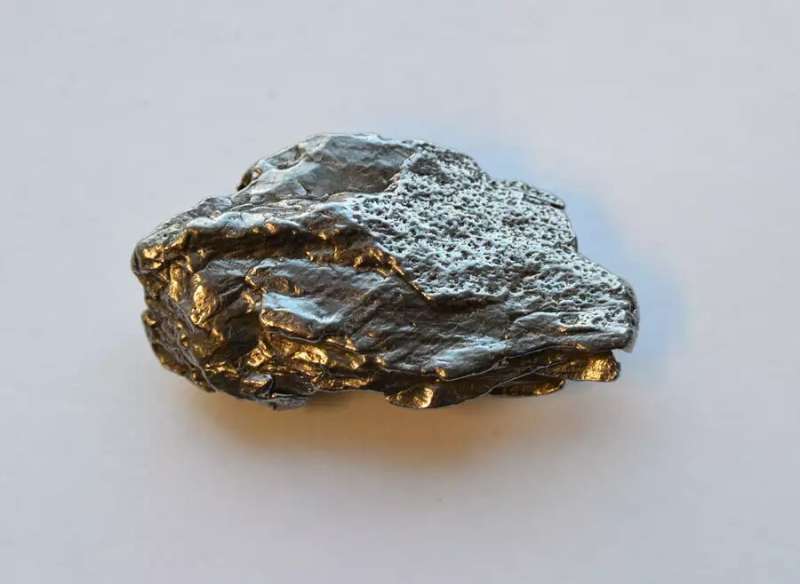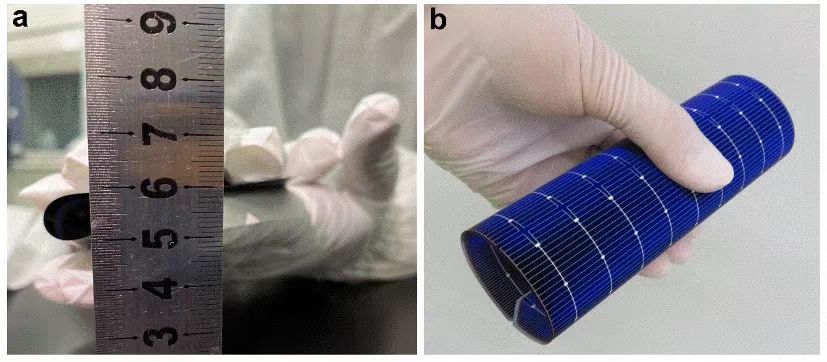Animatronic dinos from Lantzville bound for Alberta town

A group of animatronic dinosaurs from Lantzville is heading to the small northwest Alberta community of Wembley, home of the Philip J. Currie Dinosaur Museum.
The town has purchased six dinosaur-related items formerly owned by Stan Pottie, whose collection was sold online through Able Auctions on Thursday.
Noreen Zhang, chief administrative officer of Wembley, which had a population of 1,432 in 2021, said it was “amazing” to be able to buy the dinosaurs.
Town council is hoping the collection will put Wembley on the tourism map, she said, noting that in addition to the dinosaur museum, it has a rich dinosaur bone bed. “Council is supportive of actually being able to bring dinosaurs into the community.”
The goal is to rebrand the community with a dinosaur theme, said Zhang, who declined to say how much the town spent for the collection.
The town will be developing a dinosaur master plan that will include finding a place to display the new acquisitions, she said.
In the meantime, they’re expected to go into local parks and playgrounds.
Alberta residents have watched as the Royal Tyrrell Museum in Drumheller, northeast of Calgary, has become an international draw.
But the Wembley area is also a destination for dinosaur research and hunting for dinosaur bones.
The town bought an animatronic triceratops, a bench in the likeness of a triceratops, an animatronic parasaurolophus, a baby dinosaur hand puppet, a ride-on dinosaur, and a garbage can in the shape of a dinosaur.
Pottie’s dinosaurs went to auction after he lost a 2021 court battle with the District of Lantzville, which had maintained that his dinosaur park was illegal because the property is zoned for residential use only.
Brett Johnston, Able Auctions’ Vancouver Island manager, did not reveal how much individual items sold for or the total amount.
cjwilson@timescolonist.com
New Triassic Dicynodont Species Discovered in Poland
Paleontologists have identified a new genus and species of kannemeyeriiform dicynodont from the Triassic-period fossilized remains found in Poland.

Life reconstruction of Woznikella triradiata, a medium-sized dicynodont from the Triassic of Poland. Image credit: Sci.News / DrawingDinosaurs / Henryk Niestrój.
Woznikella triradiata lived in what is now Poland and Germany during the Late Triassic epoch, around 230 million years ago.
The new species was a type of dicynodont, a group of primarily herbivorous vertebrates that were common during the Permian and Triassic periods.
The ancient creature was closely related to Stahleckeriidae, a family of Late Triassic dicynodonts within the clade Kannemeyeriiformes.
“Dicynodonts were an important clade of herbivorous therapsids, which originated in the Permian and vanished in the latest Triassic,” said Polish Academy of Sciences’ Institute of Paleobiology researchers Tomasz Szczygielski and Tomasz Sulej.
“During their roughly 60 million years of existence, they were an unquestionable evolutionary success, as expressed by their global geographical range, generic and specific diversity, and exceptionally high relative abundance — not once, but twice: first in the Permian, and then, after a major faunistic turnover, in the Triassic.”
“In the Triassic, this clade ranged from miniscule animals less than half a meter long to massive species comparable in size to the largest living terrestrial mammals.”
“The diversity, evolutionary trends, and geographic and temporal distribution of Triassic dicynodonts have been the subject of extensive research. However, due to dynamic progress in the understanding of dicynodont phylogeny and biostratigraphy, as well as numerous new discoveries and taxonomic revisions performed in recent years, many of these studies are now outdated.”
The fossilized partial skeleton of Woznikella triradiata was found at a locality near the town of Woźniki in southern Poland.
“It seems that dicynodonts comprised the main group of large herbivores in the Late Triassic of Poland,” the paleontologists said.
“No unambiguous body fossils of sauropodomorph dinosaurs have been found in any of the Polish Triassic localities, in stark contrast to, e.g., Germany or Greenland, where sauropodomorphs are abundant and dicynodonts virtually absent.”
“The ichnological record, however, does indicate that at least some sauropodomorphs were present in the Late Triassic of Poland. Unlike in the Americas and Africa, no Late Triassic tracks referable to dicynodonts are known from Europe, with the exception of two specimens from Woźniki, two or three specimens from Zawiercie, Poland, and some putative therapsid tracks from France.”
In addition to the description of Woznikella triradiata, the researchers analyzed the biogeography of the Permian and Triassic dicynodonts.
According to their results, the region of southeastern Africa — Malawi, Mozambique, Namibia, South Africa, Tanzania, Zambia — throughout the Permian and Triassic served as a hotspot of dicynodont diversity and origin point for lineages migrating north and west.
“Multiple species independently migrated to the Americas and Eurasia, indicating open passages between the regions of southern and northern hemisphere,” they said.
“Southern migrations from the northern hemisphere appear to be very rare, however.”
The team’s work appears in the Comptes Rendus Palevol, a fast track journal published by the Museum Science Press, Paris and the Académie des sciences, Paris.
_____
T. Szczygielski & T. Sulej. 2023. Woznikella triradiata n.gen., n.sp. – a new kannemeyeriiform dicynodont from the Late Triassic of northern Pangea and the global distribution of Triassic dicynodonts. Comptes Rendus Palevol 22 (16): 279-406; doi: 10.5852/cr-palevol2023v22a16








